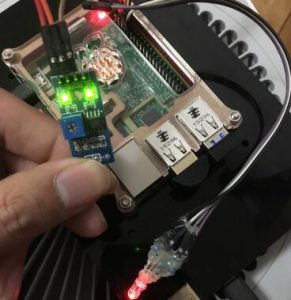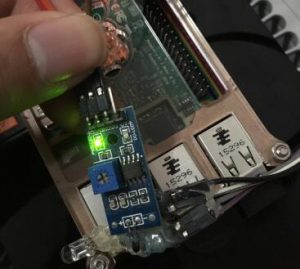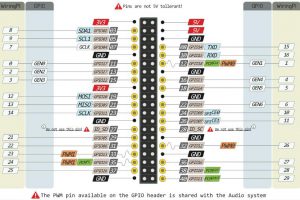单进程单线程。
import tornado.ioloop
import tornado.web
class MainHandler(tornado.web.RequestHandler):
def get(self):
time.sleep(10)
return "ok"
application = tornado.web.Application([
(r"/", MainHandler),
])
if __name__ == "__main__":
application.listen(58000)
tornado.ioloop.IOLoop.instance().start()
异步写法
#!/bin/env python
# -*- coding:utf-8 -*-
# Date: 2017-01-02
# Author: simonzhang
# web: www.simonzhang.net
# Email: simon-zzm@163.com
## END INIT INFO
import tornado.ioloop
import tornado.web
import tornado.gen
from tornado.concurrent import run_on_executor
# 这个并发库在python3自带;在python2需要安装pip install futures
from concurrent.futures import ThreadPoolExecutor
import time
class MainHandler(tornado.web.RequestHandler):
#executor 是局部变量 不是全局的
executor = ThreadPoolExecutor(5)
@tornado.web.asynchronous
@tornado.gen.coroutine
def get(self):
res = yield self.sleep()
self.write("wait. %s" % res)
# 必须要结束
self.finish()
@run_on_executor
def sleep(self):
time.sleep(10)
return "ok"
application = tornado.web.Application([
(r"/", MainHandler),
])
if __name__ == "__main__":
application.listen(58000)
tornado.ioloop.IOLoop.instance().start()
来源:http://www.dongwm.com/archives/shi-yong-tornadorang-ni-de-qing-qiu-yi-bu-fei-zu-sai/


